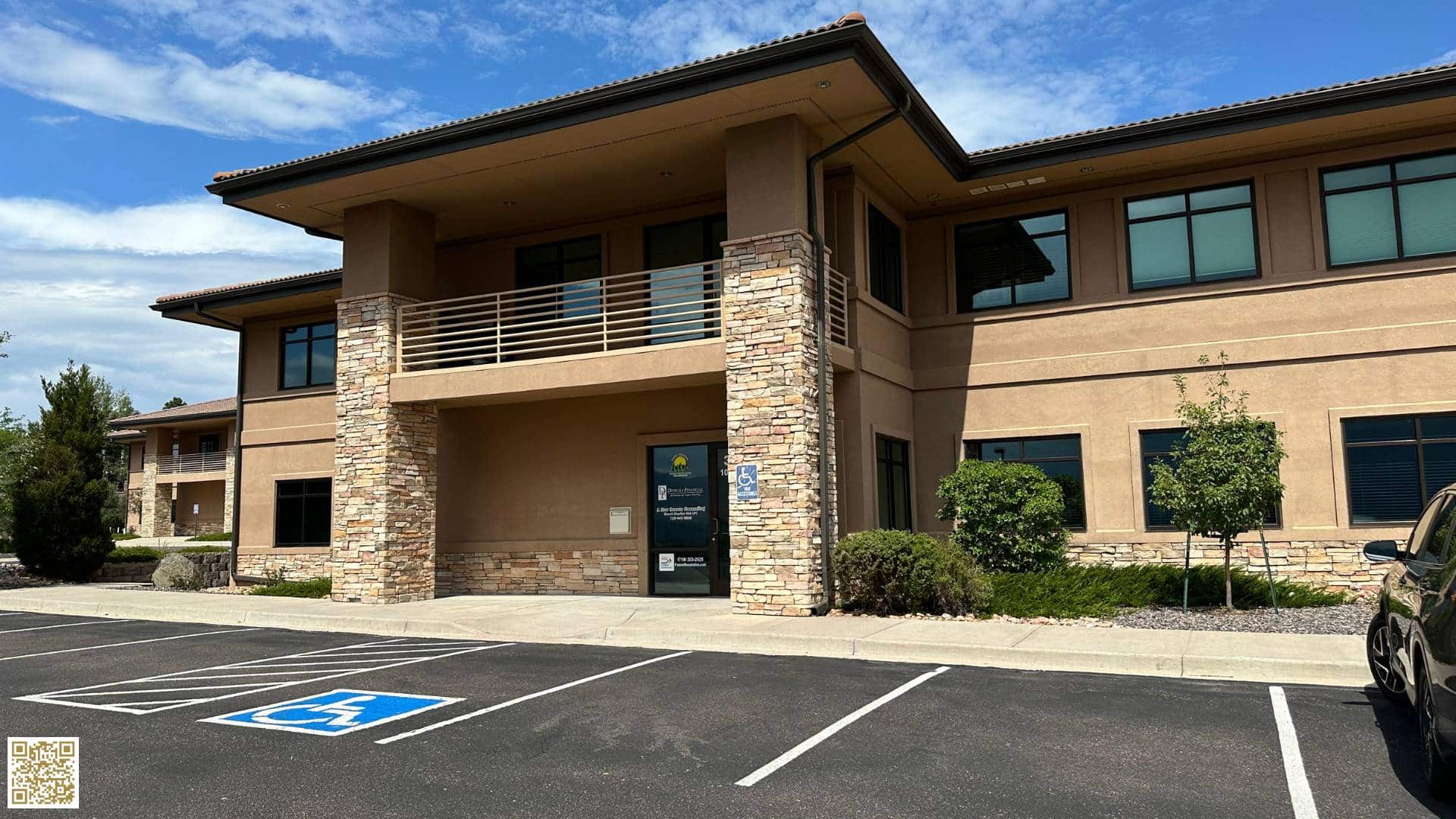To significantly boost your website traffic, start by mastering SEO basics like keyword research and on-page optimization. Leverage social media for increased content visibility and engagement. Focus on creating shareworthy content—use diverse formats and make sharing easy. Optimize user experience with intuitive navigation and fast loading speeds, especially on mobile devices. Utilize email marketing for targeted, personalized messages. Collaborate with influencers to expand your reach and analyze traffic data regularly to refine your strategies. Follow these methods and your traffic will soon see impressive growth based on these actionable insights. Discover all the details and nuances next.
Mastering SEO Basics
To master SEO basics, you first need to understand how search engines rank websites and the key factors they consider. A crucial starting point is keyword research. By identifying the right keywords, you align your content with what your audience is searching for. Use tools like Google Keyword Planner or SEMrush to uncover high-traffic, low-competition keywords. This ensures you're targeting terms that can drive meaningful traffic to your site.
Once you've identified your keywords, focus on on-page optimization. This involves strategically placing keywords in your titles, headers, and throughout your content. Don't just stuff keywords; use them naturally to enhance readability and engagement. Metadata, such as meta descriptions and alt tags for images, should also include your targeted keywords. This helps search engines understand the context of your content.
Moreover, ensure your website is user-friendly. A responsive design, fast loading times, and easy navigation are essential. These factors not only improve user experience but also signal to search engines that your site is trustworthy and valuable.
Leveraging Social Media
Harnessing the power of social media platforms can significantly amplify your website's traffic by engaging a broader audience and driving targeted visitors to your site.
To start, you need to understand how social media algorithms work. These algorithms determine which content gets seen and shared, so posting at optimal times and using trending hashtags can improve your visibility. Engage with your audience by responding to comments and messages promptly, fostering a sense of community and belonging.
Utilize targeted advertising to reach specific demographics and interests. Platforms like Facebook and Instagram allow you to create highly customized ad campaigns based on age, location, and even online behavior. This precision ensures that your ads are shown to users most likely to visit your website, thereby increasing your traffic efficiently.
Analyzing data from your social media efforts is crucial. Use built-in analytics tools to track engagement, click-through rates, and conversions. This data helps you refine your strategy, ensuring you're focusing on what works best.
Creating Shareworthy Content
Crafting engaging and valuable content is crucial for encouraging users to share your website, thereby driving increased traffic and fostering organic growth.
To achieve this, focus on diverse content formats that resonate with your audience. Infographics, videos, blogs, and podcasts can significantly enhance audience engagement by catering to different preferences and learning styles.
Start by identifying your audience's needs and interests through data-driven research. Use tools like Google Analytics and social media insights to understand what content formats perform best. Once you've got a clear picture, create high-quality content that provides real value—whether it's solving a problem, providing new insights, or simply entertaining.
Make your content shareworthy by ensuring it's visually appealing and easy to share. Incorporate compelling headlines, striking images, and clear calls to action. Encourage your audience to share by making sharing options easily accessible on all content pieces.
Optimizing User Experience
To boost your website traffic, focus on optimizing user experience with an intuitive navigation design and a mobile-friendly interface.
Research shows that 94% of users' first impressions are design-related, and 57% won't recommend a business with a poorly designed mobile site.
Prioritize these elements to keep visitors engaged and coming back.
Intuitive Navigation Design
Effective intuitive navigation design significantly enhances user experience, ensuring visitors can easily find what they're looking for and spend more time on your site. By focusing on user-centered design and visual hierarchy, you create a seamless journey for your audience. A well-structured navigation bar that categorizes content logically helps users feel in control and valued.
Leverage data analytics to understand user behavior on your site. Identify high-traffic areas and ensure these are easily accessible. Use clear, concise labels for your menu items; ambiguity can frustrate visitors and lead to higher bounce rates. Implementing a consistent layout across all pages fosters familiarity, encouraging users to explore further.
Visual hierarchy plays a pivotal role in guiding the user's eye to important elements. Highlight primary navigation options using contrasting colors or larger fonts. Subtle design cues like breadcrumbs and dropdown menus also enhance navigability, making it easier for users to backtrack or delve deeper into your content.
Ultimately, an intuitive navigation design isn't just about aesthetics; it's about creating a sense of belonging and ease. When users feel comfortable, they're more likely to stay, engage, and convert, driving your website traffic and overall success.
Mobile-Friendly Interface
In today's digital landscape, ensuring your website has a mobile-friendly interface is crucial for optimizing user experience and capturing a larger audience. With more users accessing websites on their smartphones, a responsive design is no longer optional—it's essential. Mobile optimization directly impacts user engagement, bounce rates, and ultimately, your website traffic.
Here's how you can enhance your mobile interface:
- Responsive Design: Ensure your website adapts seamlessly to different screen sizes and orientations.
- Fast Loading Speed: Optimize images and minimize code to reduce load times, vital for keeping users engaged.
- Touch-Friendly Navigation: Design large buttons and easy-to-tap links to improve usability on touchscreens.
Utilizing Email Marketing
Leveraging email marketing can significantly enhance your website traffic by directly engaging with your audience and driving targeted visitors to your site. To do this effectively, you need to implement robust email segmentation strategies. By segmenting your email list based on user behavior, preferences, and demographics, you can ensure that your messages are relevant and timely. This approach not only improves open rates but also boosts click-through rates, leading to increased website traffic.
Next, focus on personalized email campaigns. Personalization goes beyond just inserting a recipient's name; it involves tailoring the content to match their interests and past interactions with your brand. Data-driven insights can help you craft emails that speak directly to the needs and desires of each segment of your audience. This makes your subscribers feel valued and understood, fostering a sense of belonging and loyalty.
Don't forget to include clear, compelling calls-to-action (CTAs) in your emails. Encourage recipients to visit your website for exclusive content, special offers, or the latest updates. By making your CTAs irresistible, you'll drive more traffic to your site and keep your audience engaged.
Collaborating With Influencers
Partnering with influencers can dramatically increase your website traffic by tapping into their established audience and credibility. Influencer partnerships leverage the trust followers have in influencers, making your brand more appealing. Whether it's through sponsored posts, reviews, or brand ambassadors, these collaborations can yield impressive results.
To maximize the impact of your influencer partnerships, consider the following strategies:
- Identify Relevant Influencers: Look for influencers whose audience aligns with your target demographic. Use tools like BuzzSumo or NinjaOutreach to find the best matches.
- Foster Authentic Relationships: Engage with influencers genuinely. Authentic connections lead to more enthusiastic endorsements and can turn influencers into long-term brand ambassadors.
- Track Metrics: Monitor the performance of your influencer campaigns. Use data-driven insights to adjust strategies and optimize results.
Harnessing the power of influencers can't only boost your website traffic but also strengthen your brand's community. By forming meaningful influencer partnerships, you're not just increasing numbers; you're creating a sense of belonging and trust among your audience. This user-centric approach ensures sustained growth and engagement.
Analyzing Traffic Data
Once you've implemented influencer partnerships, the next step is to analyze traffic data to measure their impact and optimize your strategies.
Start by identifying your traffic sources. Are visitors coming from social media, search engines, or direct links from influencer posts? Understanding these sources helps you pinpoint which partnerships are driving the most traffic and which ones need tweaking.
Use data visualization tools like Google Analytics to create clear, comprehensive reports. Visualizing data makes it easier to spot trends, compare metrics, and share insights with your team. Look for increases in site visits, time spent on pages, and conversion rates. These metrics reveal how well your influencer campaigns are performing.
Pay attention to user behavior. Check bounce rates and session durations to understand if the traffic you're getting is genuinely interested in your content. High engagement rates indicate that your message resonates with the audience, fostering a sense of belonging and community.
Regularly reviewing and analyzing traffic data ensures you're always optimizing your strategy. Make data-driven decisions to refine your approach, allocate resources effectively, and ultimately boost your website traffic.
Conclusion
Boosting website traffic isn't just about one strategy; it's about leveraging multiple tactics effectively.
You've learned the essentials: mastering SEO basics, leveraging social media, creating shareworthy content, optimizing user experience, utilizing email marketing, collaborating with influencers, and analyzing traffic data.
Implement these data-driven, user-centric strategies consistently, and you'll see a significant increase in your website traffic.
Keep tracking your progress and adjusting your approach to ensure sustained growth and success.














